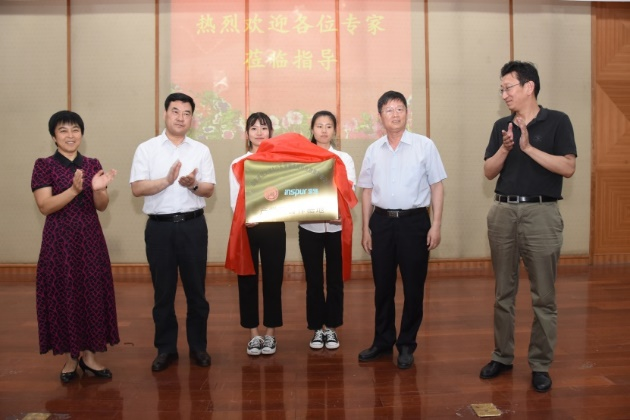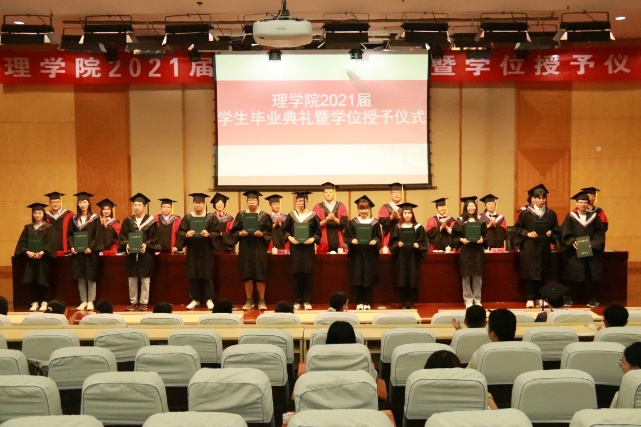
School of Science, Shandong Jianzhu University
信息来源: 发布日期: 2021年12月18日浏览次数: 审核人:
Established in 1956, School of Sciences in Shandong Jianzhu University was formerly a basic teaching department. It was renamed the Department of Mathematics in 2002 and then School of Sciences in 2006. It has one Key Laboratory of Shandong Province, one Physics Experimental Teaching Demonstration Center of Shandong Province, one High-level Application Type Construction Major of Shandong Province, and one Key Construction Major of Shandong Jianzhu University. It owns four undergraduate majors: Optoelectronic Information Science and Engineering, Information and Computing Science, Applied Statistics, and Applied Physics. It possesses a school-enterprise cooperation major of Information and Computing Science (Cloud Computing and Big Data Technology) with Inspur Group Co., Ltd. It is qualified with exemption recommendation for postgraduate students. There is one first-level academic degree master's program in physics, with 3 disciplines in condensed matter physics, optics, and theoretical physics, and one professional master's degree in electronic information (in the field of optoelectronic information engineering). It recruits academician or professional master degree students in the fields of physics, electronic information (optoelectric information engineering), mathematics and information, mathematics and control, and mathematics and engineering. Now there are 1,134 undergraduate and postgraduates in the school.
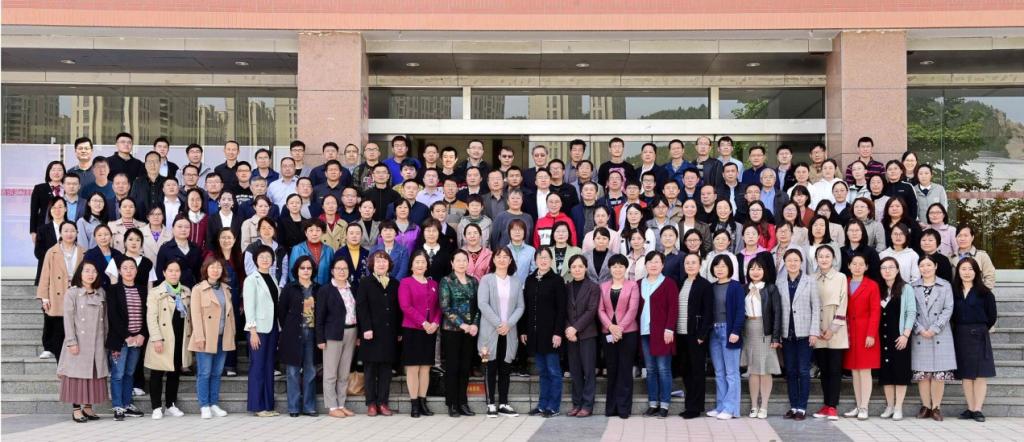
The school has 3 offices, 7 teaching and research sections, 6 laboratories, 2 research institutes, and 2 research centers. The laboratory covers an area of 3,400 square meters, and the total value of experimental equipment exceeds ¥10,000,000. There are 2 double-employed academicians and 147 faculty members, including 16 professors, and 63 associate professors. Among them, 103 members have doctor degree and 36 members are master supervisors. The school has 4 provincial academic backbones, 3 faculty members awarded provincial youth science and technology prize, 1 member working in Shandong Provincial Teaching Supervisory Committee, and 2 provincial-level “Master Teachers”. A team of high-quality teachers with a reasonable structure has come into being.
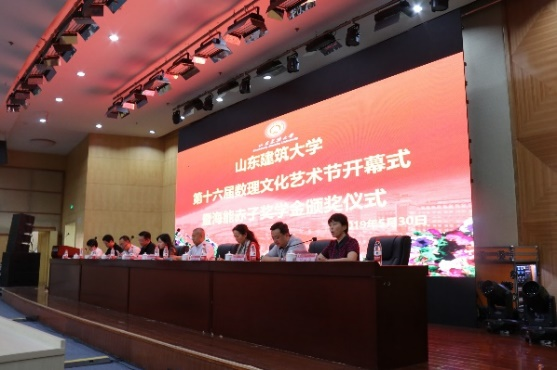
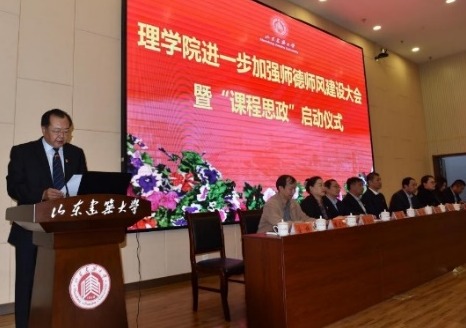
In the past several years, the teachers in the school have hosted over 70 provincial and ministerial level scientific research projects, 14 Shandong Provincial Teaching Reform Projects. The teachers have won 18 provincial teaching and research awards, 5 excellent courses in Shandong Province, and 11 provincial awards for lecture competitions. 38 national planning textbooks and monographs as well as 530 papers have been published. The school undertakes the organization, management and training of 13 competitions including the National College Student Mathematical Modeling Competition, Mathematics Competition, Market Research and Analysis Competition, Zhou Peiyuan Mechanics Competition, National College Student Physics Experiment Competition, Shandong Province Physics Innovation Competition, Physics Competition, and Optoelectronic Competition. The students have received 28 international awards, 326 national awards and 1034 provincial awards.
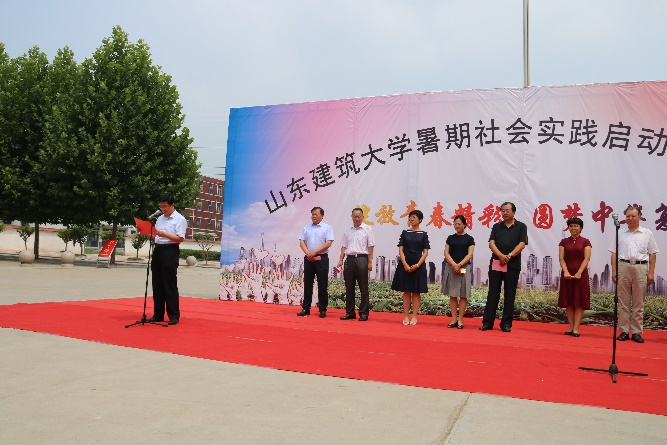
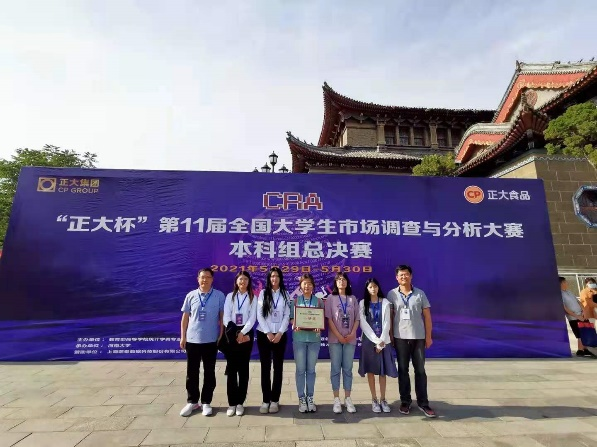
The school focuses on the combination of basic theory with practical application in student training, and encourages the students to participate in the College Student’s Innovative Entrepreneurial Training Plan Program. It establishes internship training and practice bases in 32 public companies in the high-tech field, organizes students to participate in social practice activities, which have been awarded the provincial outstanding social practice team for the past five consecutive years. Many teachers and students have been rated as provincial-level advanced individuals in social practice. A talent training model of "Trinity" with teachers, enterprises and students has been developed. Students possess solid theoretical foundation, good comprehensive quality and strong adaptability, and are on the top of the employment list. A large number of graduates have become the backbone of universities, research institutes or large and medium-sized enterprises. The admission rate of postgraduates is more than 35%, and most of them have been admitted to double first-class universities and research institutes.
